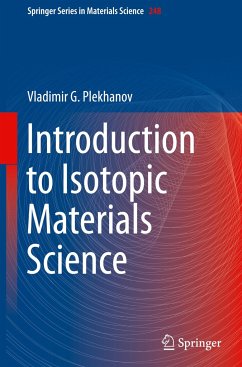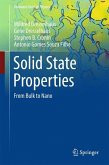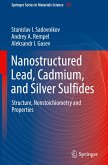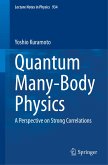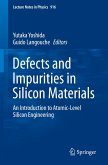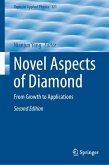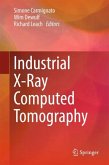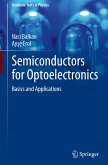This book describes new trends in the nanoscience of isotopic materials science. Assuming a background in graduate condensed matter physics and covering the fundamental aspects of isotopic materials science from the very beginning, it equips readers to engage in high-level professional research in this area. The book´s main objective is to provide insight into the question of why solids are the way they are, either because of how their atoms are bonded with one another, because of defects in their structure, or because of how they are produced or processed. Accordingly, it explores the science of how atoms interact, connects the results to real materials properties, and demonstrates the engineering concepts that can be used to produce or improve semiconductors by design. In addition, it shows how the concepts discussed are applied in the laboratory. The book addresses the needs of researchers, graduate students and senior undergraduate students alike. Although primarily writtenfor materials science audience, it will be equally useful to those teaching in electrical engineering, materials science or even chemical engineering or physics curricula. In order to maintain the focus on materials concepts, however, the book does not burden the reader with details of many of the derivations and equations nor does it delve into the details of electrical engineering topics.
Bitte wählen Sie Ihr Anliegen aus.
Rechnungen
Retourenschein anfordern
Bestellstatus
Storno

